Belacan is a shrimp paste widely used in recipes throughout Southeast Asian countries. It brings an intense burst of salty umami flavor to any dish, along with a pungent fishy aroma.
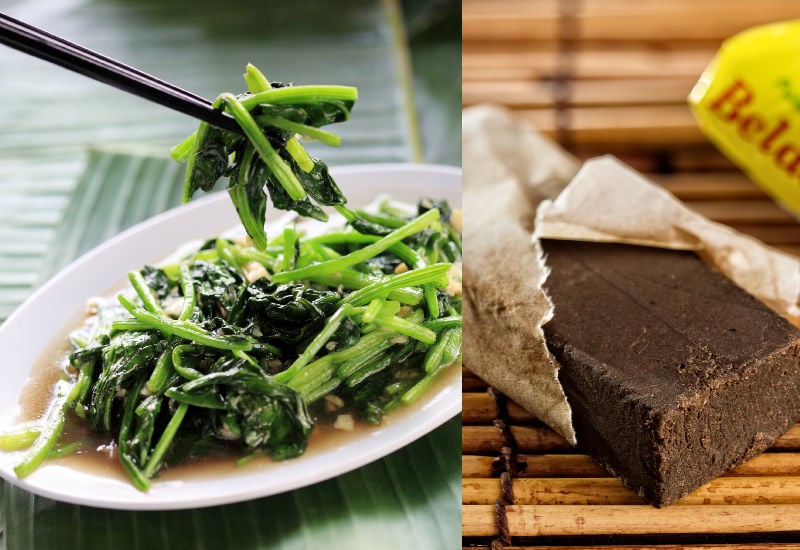
Although belacan is a useful ingredient, you may not have any in the cupboard, or dietary restrictions may not allow you to eat it. If that’s you, then you’ll need a suitable substitute for belacan. We’ve created a list of the best alternatives so that you can finish that recipe without it. Let’s take a look at some options.
Table of Contents
The 5 Best Belacan Substitutes
1. Fish Sauce

Fish sauce is an everyday ingredient found in most supermarkets that have even the most basic Asian section. It is an intensely salty sauce and, like belacan, is also made from fermented seafood. This makes a useful backup option if you don’t have any shrimp paste.
The flavors of each ingredient won’t perfectly mimic each other – belacan has a more pungent flavor profile. However, in many dishes, you would barely notice the difference at the end of the cook.
If you decide to use fish sauce then you’ll need to increase the quantity. A recipe that calls for 1 teaspoon of belacan will need 1-2 tablespoons of fish sauce. Wherever possible, add the replacement gradually and taste test until you’re happy with the balance of flavors.
2. Anchovies
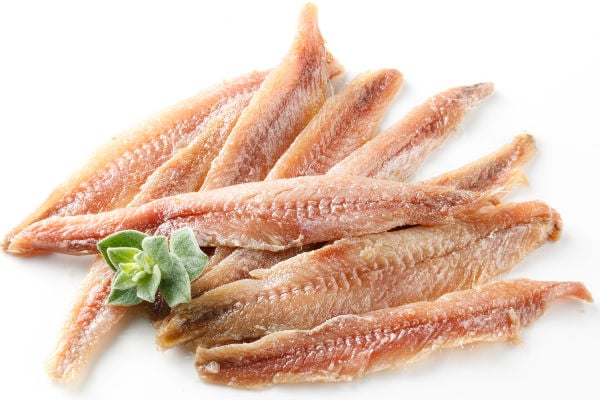
Anchovies provide a similar fierce wave of salt and fishy flavor to food. Like belacan, they have plenty of umami goodness that’ll help build mouth-watering flavor. In most cases, you’ll need to blend the fish into a paste with a little water to make it a suitable consistency for the recipe.
Anchovy paste is also a useful option, and its consistency makes it easy to add to sauces, soups, or sautéed vegetables. The paste usually has less pungency than the fillets.
3. Miso
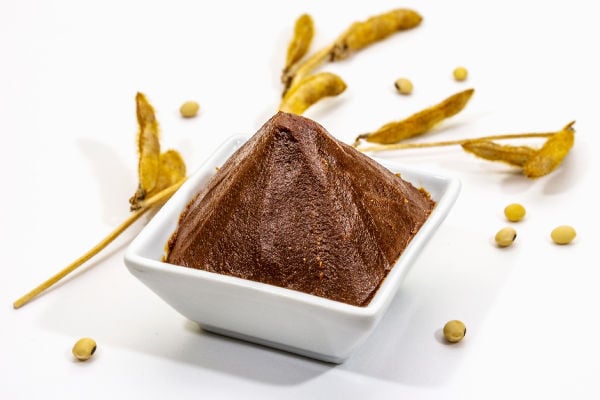
Are you allergic to seafood? Maybe you’re vegan or vegetarian and have a plant-based diet? Miso is the best option if you can’t or won’t eat fish. This fermented bean paste is complex and offers plenty of salty, umami flavor. It brings similar characteristics to a dish that belacan does, but keep in mind that they are different. In-store, look for dark miso rather than the white version.
4. Soy Sauce
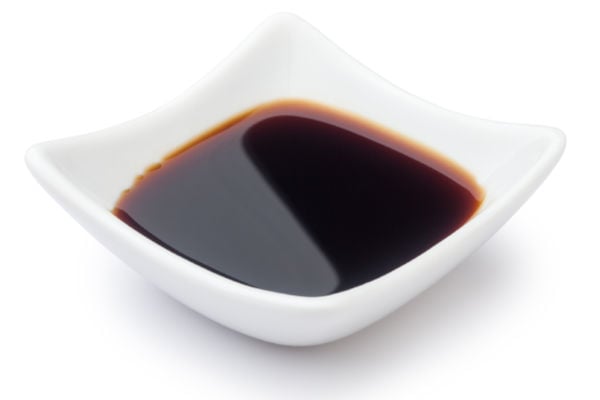
If you’re in a pinch then use soy sauce to add a salty and bitter flavor to your cooking. This sauce has a lot less flavor than belacan so you’ll need to compensate by using extra. Of course, you then run the risk of a dish that looks too dark and unappealing. For those that don’t enjoy strong flavors, using soy sauce would be a good option.
5. Bonito Flakes
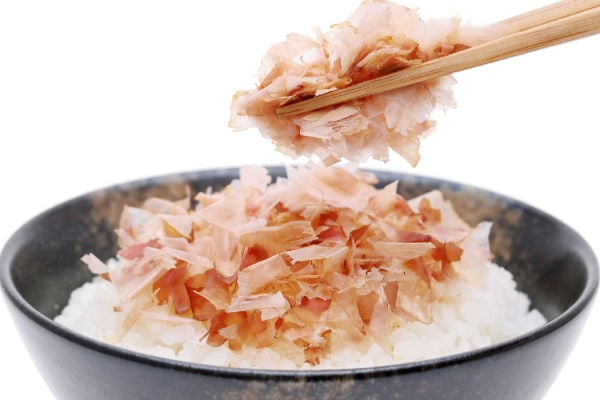
Japanese bonito flakes are small pieces of dried bonito or skipjack tuna. They are mildly fishy with an intensely savory taste. Although they have less pungency than belacan, they would be fine added to stocks and casseroles or sprinkled over noodles. Because their texture differs greatly from that of belacan, the flakes could not be used in the popular condiment sambal belacan.
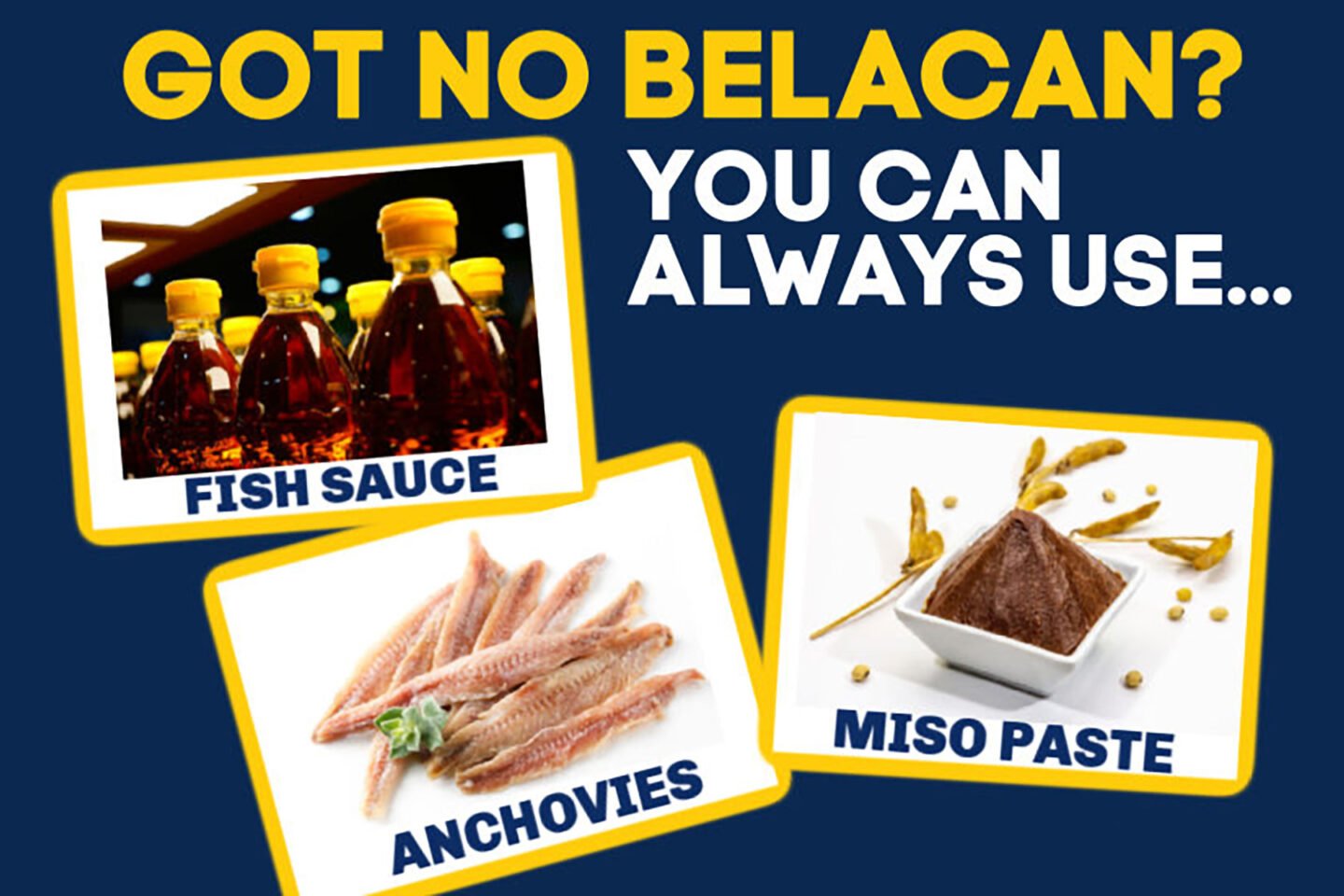
Related reading:
Find out how to replace gochujang in a recipe.
What are the best laksa paste substitutes?
What is the best sambal oelek substitute?
What's the difference between ssamjang and gochujang?
Discover the best liquid aminos substitutes.
Fast Facts About Belacan
- Belacan is also known by other names such as gapi, trassi, shrimp sauce, prawn sauce, kapi, or bagoong.
- Traditional Thai-style belacan is sold in hard blocks that are dry; it can also be purchased in a saucy consistency which is easier to incorporate into food.
- The main components are fermented shrimp and salt, although other ingredients such as krill, shrimp, anchovies, ponyfish, or perch can be used instead.
- Belacan is an essential ingredient in the widely used condiment sambal belacan; water spinach leaves are delicious in the dish called kangkong belacan, where the shrimp paste is added. Sauces, pastes, and curries all benefit from the addition of belacan.
- Belacan production began around 200 years ago in Malacca. Source.
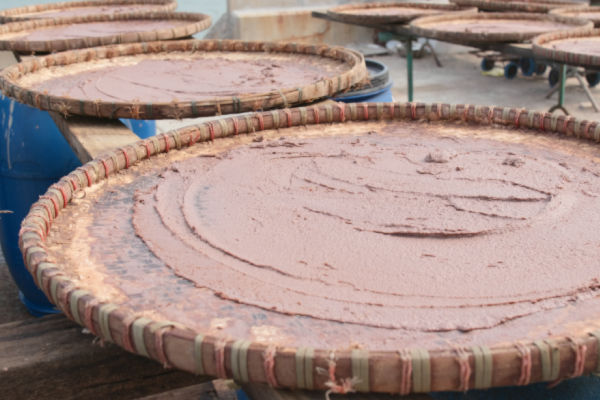
Storage Advice
The salting, fermentation, and drying of belacan results in a food that is very resilient to bacteria. Once opened, it will last up to 6 months refrigerated in an airtight container or wrapped in plastic. Unopened belacan will last indefinitely, stored in the pantry or refrigerator.
Nutrition
One 10g serving of belacan has the following nutritional breakdown:
| Energy | 15.4 calories |
| Protein | 3.1g |
| Total Fat | 0.26g |
| Saturated Fat | 0.13g |
| Carbohydrates | 0.18g |
| Sugar | 0g |
| Sodium | 340mg |
Belacan is quite salty. If you’re on a low-sodium diet, then you may want to avoid this ingredient.
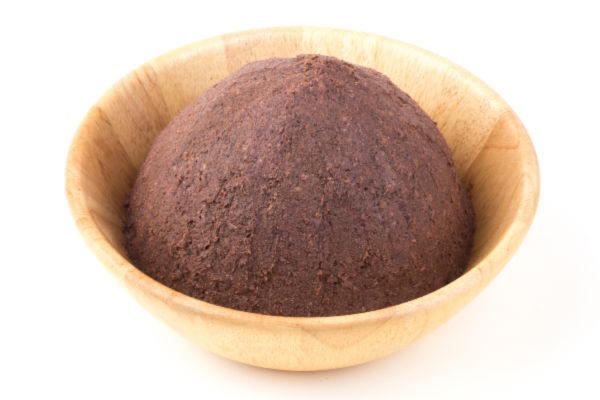
Frequently Asked Questions
Raw belacan is a great option if you want the best taste possible; toasting the raw version creates a more pungent, delicious flavored ingredient. However, if you live in a built-up area with others living nearby you may not be popular as the smell is very strong.
If convenience is high on your list then choose a ready-to-use product that you can toss straight into your cooking. The sliced products are more fragrant than the powdered one.
Belacan is available online from this seller on Amazon. You can also find it in Asian grocery stores and larger supermarkets that carry a lot of Asian products. You’ll usually find it next to other Asian sauces like oyster sauce or soy sauce.
Summing Up
If you need a substitute for belacan, then fish sauce is an excellent option, thanks to its umami-loaded, salty properties. If you can’t eat seafood, then dark miso paste will allow you to finish a recipe without belacan.
Keep in mind that in a recipe such as Nasi Goreng belacan or kang kung, belacan features prominently. In these dishes, using an alternative will change the recipe significantly, so you may want to make something different if you have friends from Indonesia visiting. For anyone else, they’ll never know the difference!
There are other products on the market such as budu, which consists of fermented anchovies, or Golden Mountain Sauce, which is a tasty vegetarian stir-fry sauce. We would have included them on the list, but they aren’t widely available in Western stores so we omitted it. For those that live in Malaysia, Thailand and surrounding countries, give them a try.
Have you tried belacan before? What do you think of its taste and smell? Please let us know in the comments below.

Leave a Reply